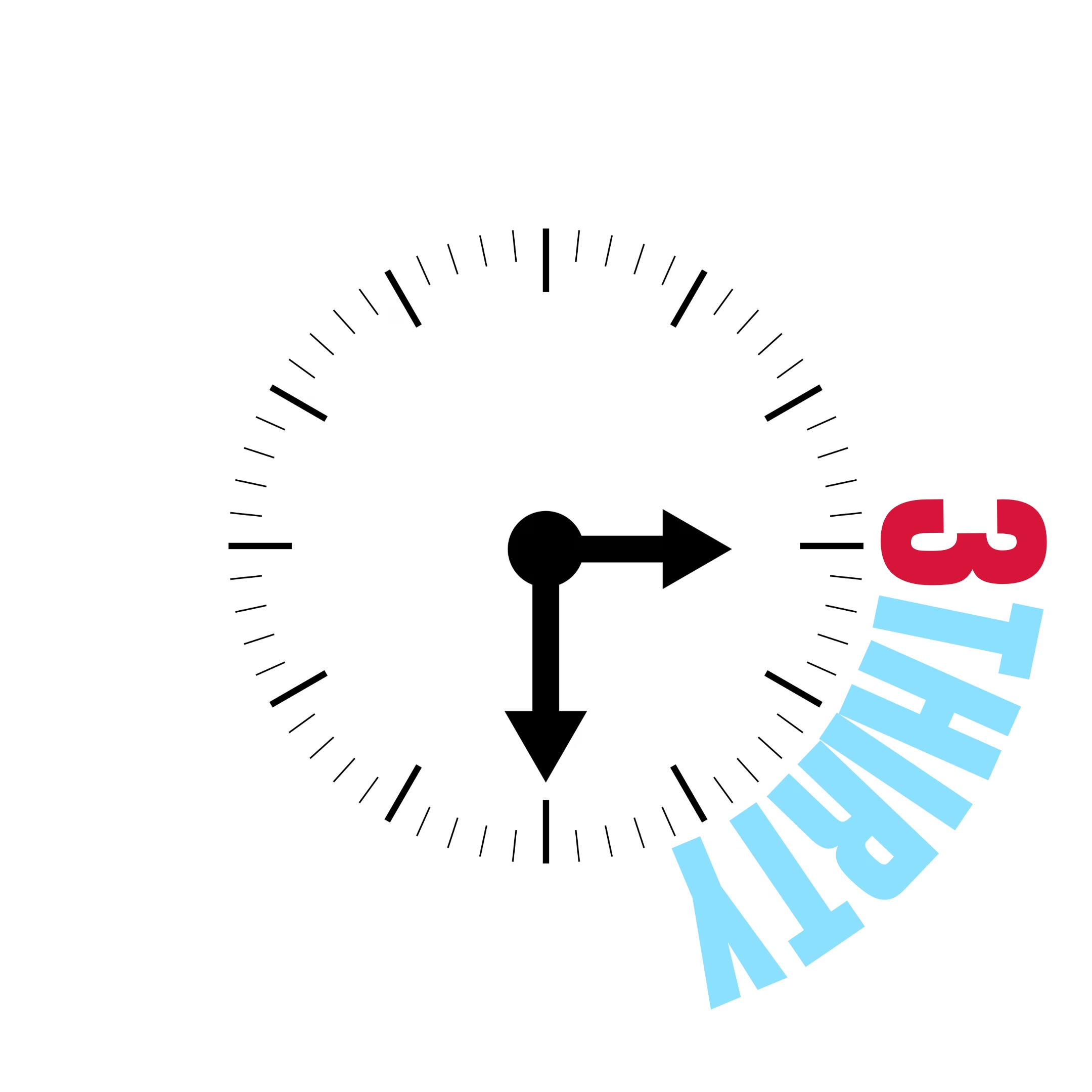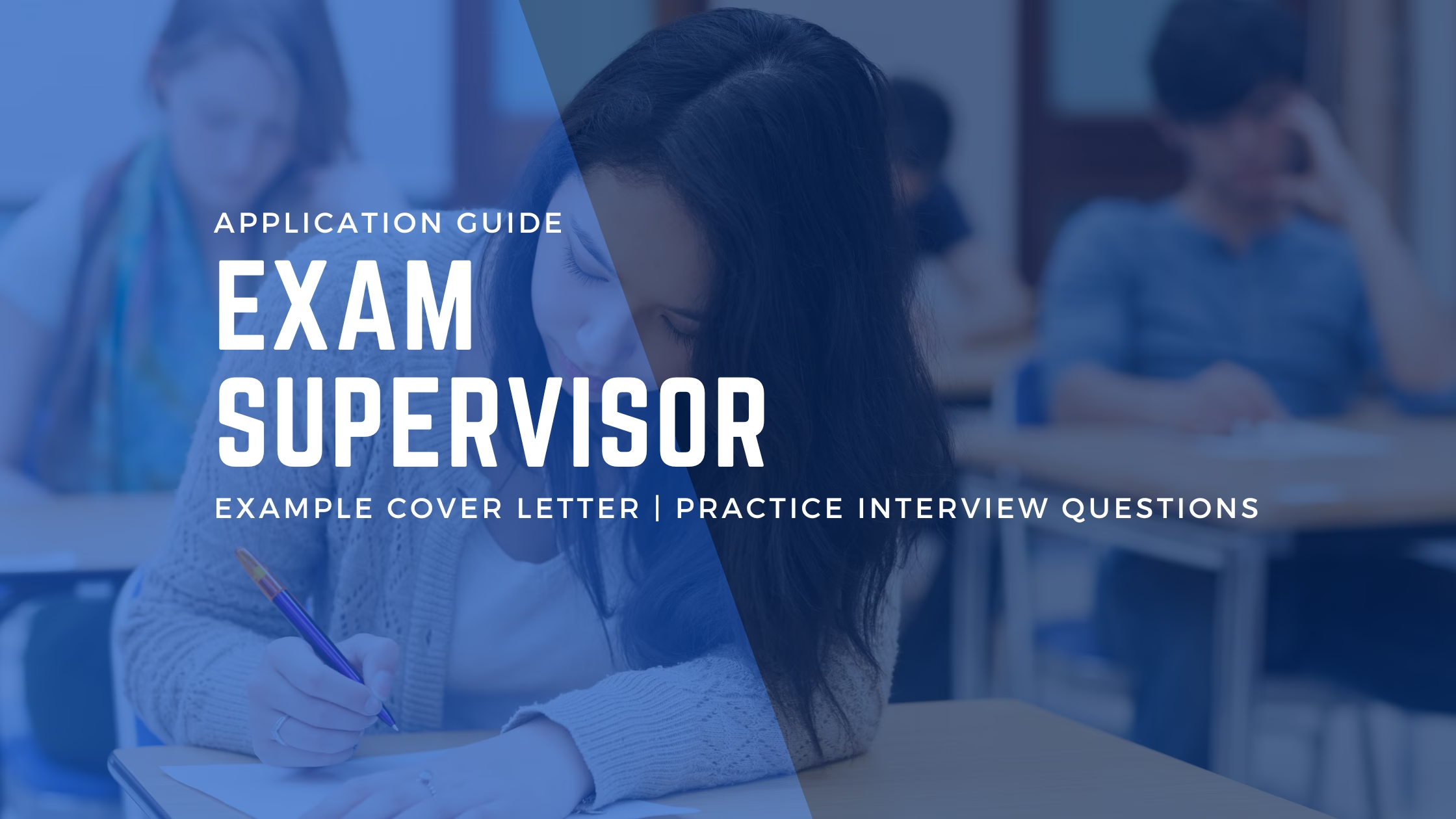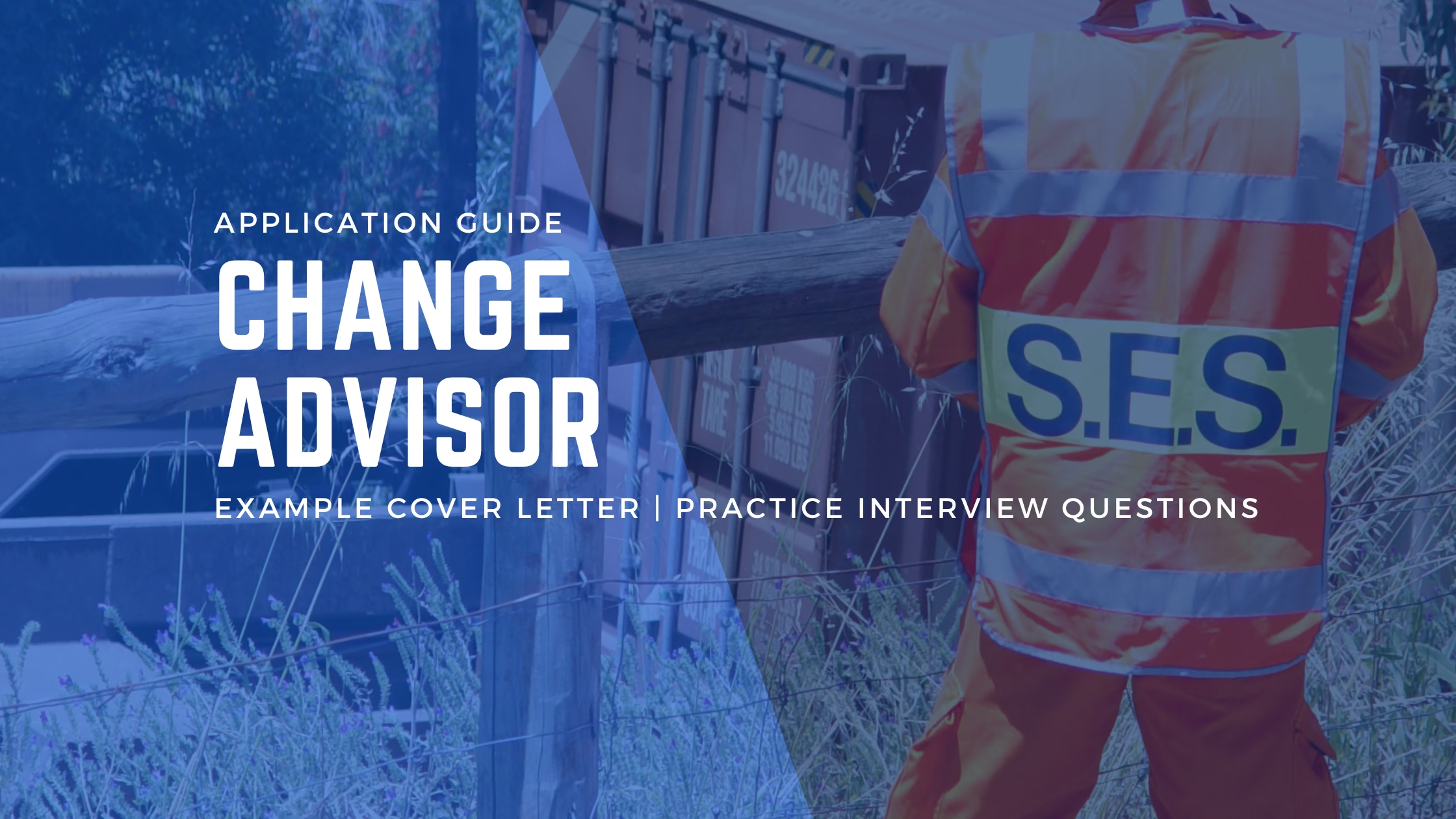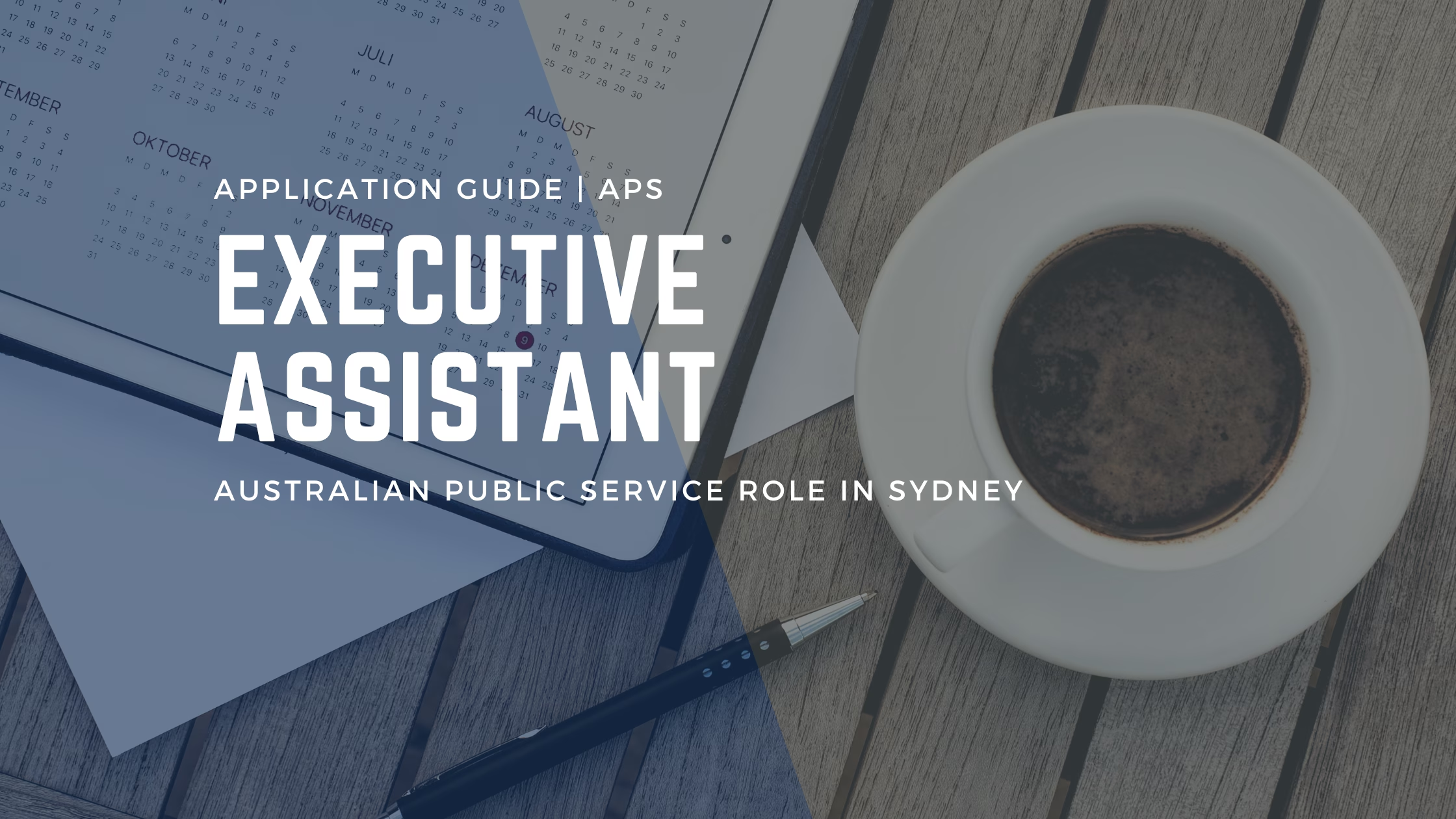The NSW State Emergency Service is hiring a Planning and Research Officer based in Bathurst. This full-time opportunity is ideal for someone with strong analytical, research, or policy experience, and a passion for community resilience. Applicants don’t need emergency services experience but should bring an interest in strategic planning and public sector work.
Whether you’re coming from a hands-on emergency role or have a background in research and analysis, this job lets you shape systems that protect communities across NSW — and your government cover letter can make all the difference.
If you’re new to public sector recruitment, check out this unofficial guide to NSW Public Sector recruitment for more insider tips and context.
Table of Contents
NSW SES Planning and Research Officer Salary and Overview
| Position Title | Planning and Research Officer |
| Organisation/Entity | NSW State Emergency Service |
| Job Location | Bathurst, NSW |
| Work Type | Full-Time |
| Base Pay | $97,027 – $107,059 + 11.5% super |
| Closing Date | 25 May 2025 |
About the Planning and Research Officer Job with NSW SES
The NSW State Emergency Service (NSW SES) is a volunteer-led emergency and rescue service that plays a vital role in protecting communities across the state. While primarily responsible for flood, storm, and tsunami response, the NSW SES also delivers general rescue operations in regional areas, including road accident rescue, vertical rescue, bush search and rescue, and more. Supported by a small team of dedicated staff, the agency works closely with other emergency services to modernise and grow the volunteer movement.
The Planning and Research Officer supports the agency’s mission by developing policy, plans, intelligence systems, and research that enhance community preparedness. This role focuses on gathering and analysing hazard data, contributing to strategic planning initiatives, and maintaining accurate, community-focused emergency management frameworks.
It’s a critical role that requires strong research capabilities, attention to detail, and the ability to operate under pressure. Whether developing emergency plans or providing technical advice on local risks, the Planning and Research Officer helps ensure that NSW SES can deliver timely and effective services to communities in need.
Looking for other roles with the NSW SES? Check out all of their current vacancies here.
Why This Planning and Research Role is a Great Opportunity
I’m featuring this role because it was requested by one of the fantastic members of Team 3Thirty. If you’re applying for any government job — including this one — you can request a custom application guide with an example cover letter to help you stand out.
This Planning and Research Officer position is a great opportunity to secure ongoing government employment in regional NSW. You don’t need an emergency services background to apply — the role is strategic, analytical, and focused on improving systems that keep communities safe.
You’ll be joining a purpose-driven, community-focused organisation that values flexible working, with hybrid arrangements and the option of a compressed work week. Plus, you’ll have access to development opportunities like LinkedIn Learning, the Fitness Passport program, and mentoring support to help you grow in your career.
Application Requirements for NSW SES Planning and Research Officer
How To Apply For Planning and Research Officer Roles
To apply for the Planning and Research Officer position, submit:
- A one-page cover letter addressing the essential requirements and your interest in the role
- A response to each targeted question (max one page per answer)
- A 2–3 page resume highlighting relevant experience
This is a NSW Public Sector job application — take your time preparing your documents and ensure your cover letter clearly aligns to the role. If you’re unsure, you can use this free government cover letter template to get started.
Planning and Research Officer Essential Role Requirements
In your government cover letter, make sure you clearly state how you meet the essential role requirements (which can be found in the role description):
- Relevant tertiary qualifications and/or demonstrated experience in policy process including research, development and review
- Thorough knowledge of AIIMS principles and processes, and/or willingness to obtain competence within 12 months
- Valid Drivers Licences and/ or the ability to travel to SES unit locations
For this role, you’ll also need to address the “About You” section of the job ad. This includes how you meet these requirements:
- Skills in researching and analysing information to form evidence-based advice.
- Have strong attention to detail with well-developed skills in critical thinking and analytics.
- A desire to become a true specialist in emergency risk management and/or planning.
- The skills to work in a cohesive and collaborative team environment and contribute to the development of initiatives to resolve issues and promote effective solutions.
- Experience or the ability to learn technology-based systems, such as GIS systems and Power BI.
- Have excellent communication skills, both written and verbal and well-developed interpersonal skills.
Target Questions for Planning and Research Officer
For this role, you need to address both of these target questions:
- How your skills in research and analytics would contribute to the NSW SES.
- An example of when you have used these skills to prepare a business plan and/or policy.
These are not really questions, but you’ll need to use the STAR method in writing a one page example of how you meet each criteria.
What to Include in Your Government Cover Letter
This role requires a concise one-page cover letter that addresses the essential requirements outlined in the job ad. With only one page, your writing needs to be both efficient and impactful — and using the STAR method to illustrate your experience will help build a compelling case for your suitability. A strong cover letter gives hiring managers immediate confidence in your capabilities.
In addition to the cover letter, you’ll need to respond to two targeted questions, with up to one page allocated per response. Altogether, you’ll be preparing a three-page application: one page for the cover letter, and one page for each question.
To make the most of this structure, use your cover letter to highlight strengths not already covered in the targeted questions. Since the questions focus on research, analytical skills, and your interest in emergency risk management or planning, your cover letter is the best place to showcase other key attributes — such as collaborative teamwork, critical thinking, or communication skills.
Application Checklist For Planning and Research Officer
| ✓ | Read the full job ad and role description |
| ✓ | Write your cover letter using this free public sector cover letter template |
| ✓ | Address both targeted questions (max 1 page each) |
| ✓ | Update your resume (2–3 pages) |
| ✓ | Review and address Focus Capabilities |
| ✓ | Get your cover letter reviewed – just $29 |
| ✓ | Submit by 25 May 2025 via I Work for NSW |
Candidate Profile
Meet David, a full-time security officer with five years of experience in infrastructure protection. He’s also a long-standing volunteer with the NSW SES, where he’s been involved in storm response and logistics coordination.
Over time, David developed a keen interest in strategic planning and risk analysis. This role gives him the perfect opportunity to move from the frontline into a meaningful government role aligned with his passion for community safety.
Example Cover Letter For Planning And Research Officer
Click here to download a free public sector cover letter template (DOC)
Dear Hiring Manager,
I am writing to express my strong interest in the Planning and Research Officer position with the NSW State Emergency Service. I bring a unique combination of operational security experience, volunteer service with NSW SES, and a growing foundation in research-led planning — all of which position me to contribute meaningfully to the agency’s goals.
In my current role as a security officer, I regularly conduct site assessments, incident reviews, and internal reporting to inform risk mitigation strategies. This work has sharpened my ability to observe patterns, analyse operational data, and develop practical safety improvements.
For example, during a quarterly audit (Situation), I identified a trend of near-miss incidents occurring during night shifts in a low-visibility loading zone (Task). I initiated a focused assessment, collecting incident reports, interviewing affected staff, and mapping the area’s lighting coverage (Action). Based on this analysis, I proposed a new lighting installation plan and coordinated a schedule for staged implementation. The change resulted in a complete elimination of reported near-misses in that zone over the following six months (Result).
This practical, evidence-based approach to safety mirrors the skills I bring to my volunteer role with NSW SES, where I’ve been actively involved in storm response operations and resource logistics. Working alongside seasoned volunteers and response leaders, I’ve developed a deeper understanding of how planning, communication, and logistics intersect during emergency operations. Through these experiences, I’ve become deeply motivated to pursue a specialist career in emergency risk management and planning — one that allows me to move from responding on the ground to shaping the systems and policies that guide safer outcomes for NSW communities.
I hold a Diploma of Work Health and Safety and have completed additional coursework in emergency management, policy development, and data analysis. I am currently self-studying to develop foundational knowledge in GIS systems and Power BI, and I have demonstrated capacity to learn and apply new technology in both frontline and planning contexts. I also understand the importance of AIIMS principles and am committed to becoming competent within the first 12 months, if not sooner.
I possess a valid driver’s licence and am comfortable travelling to NSW SES units as needed. More broadly, I pride myself on my communication skills and my ability to build trust quickly — qualities that have proven essential both in my workplace and during emergency deployments. I am excited about the opportunity to support community safety at a strategic level and would welcome the chance to bring my knowledge, dedication, and collaborative approach to your team.
I look forward to the opportunity to contribute to the important work of the NSW SES. I have also attached my one page responses to the target questions.
Thank you for considering my application.
Sincerely,
David
Response to NSW SES Target Questions
How your skills in research and analytics would contribute to the NSW SES.
In both my professional and volunteer roles, I have consistently demonstrated the ability to gather, interpret, and apply information to support safety and operational outcomes — skills I believe will directly benefit the NSW SES in this planning role.
As a security officer responsible for facility risk assessments, I have developed a systematic approach to identifying vulnerabilities. I routinely analyse incident trends, cross-reference them against operational logs, and produce recommendations for policy or infrastructure changes. These reviews often require identifying the root cause of safety incidents and communicating data-informed insights to site managers and stakeholders.
I apply a similar mindset as a NSW SES volunteer, particularly during logistics coordination. For example, in one operation I helped review vehicle deployment patterns after a prolonged storm event. By manually compiling data on usage and travel times, I was able to highlight areas where resources could be better pre-positioned for faster response. My observations contributed to a revised local staging plan, reducing activation times in subsequent events.
These experiences reflect both my commitment to continuous improvement and my ability to translate data into practical planning solutions. I am confident that this skill set — grounded in observation, analysis, and collaborative problem-solving — will enable me to add value to the research, planning, and intelligence functions of the NSW SES from day one.
An example of when you have used these skills to prepare a business plan and/or policy.
In my role as a senior site security officer, I was tasked with drafting a local lockdown policy following a state-wide risk assessment directive. This required translating high-level emergency protocols into a site-specific policy that balanced compliance, practicality, and communication clarity.
Our facility had not previously implemented a formal lockdown plan, and existing procedures were fragmented. Leadership tasked me with developing a comprehensive, compliant policy that could be adopted across several other facilities if successful.
I needed to design a policy tailored to the site’s layout, staffing levels, and operational rhythms — while ensuring alignment with national emergency management principles.
I began by reviewing relevant legislative requirements and internal risk assessments. I consulted with our health and safety team, reviewed previous incident reports, and conducted walk-throughs with floor supervisors. I mapped evacuation routes, identified safe zones, and evaluated communications equipment. I also led staff consultations to ensure the draft policy would be practical in real-world scenarios. Once drafted, I facilitated a simulated lockdown to test the plan in action.
The simulation revealed minor issues, which I addressed in the final policy version. The plan was approved by senior management, and its success led to it being used as a template across three additional facilities. More importantly, the process created greater staff confidence in how to respond during emergencies — a result that aligns strongly with NSW SES’s focus on preparedness and community safety.
Through this experience, I developed not only a well-structured policy but also confidence in using research, operational insights, and staff engagement to create practical, effective emergency planning tools.
Understanding the STAR Technique for the Planning and Research Officer Role
If you’re preparing a cover letter or interview response for a government role, you’ll want to become familiar with the STAR Method — a powerful way to structure your examples and demonstrate your experience clearly.
S stands for Situation — you set the scene and explain the context of your example.
T is for Task — describe what you were required to do or what challenge you were addressing.
A means Action — explain what steps you personally took to tackle the task.
R is for Result — share the outcome of your actions, ideally including tangible improvements or learnings.
This structure helps hiring panels understand the practical application of your skills.
In David’s cover letter, for example, you can see a clear STAR story to align his work as a security officer with the requirements of this role.
How to Prepare for a Planning and Research Officer Interview
Interviews for NSW Government roles — especially strategic positions like this Planning and Research Officer role — are designed to assess how well your behaviours and past experiences align with the NSW Capability Framework. Every question is targeted at uncovering whether you’re genuinely capable of meeting the demands of the role.
Start by reviewing the focus capabilities listed in the role description. These give you a roadmap for what the panel will likely ask about. Then, take the time to brainstorm real-world examples where you’ve demonstrated those same capabilities.
Use the STAR technique to map out your responses — you’ll sound more structured and confident. It helps to practise telling your stories out loud. If possible, rehearse with a friend or coach, especially if you’re not used to formal panel interviews.
Possible Job Interview Questions For NSW SES Planning and Research Roles
Here are some example questions that may come up in this interview:
“Tell us about a time you analysed complex data to make a recommendation.”
“Describe a situation where you helped improve a process that wasn’t working.”
“How have you worked with others to deliver a successful project or outcome?”
A strong example might be something with these key points:
“After a severe storm, I led a post-incident review for our SES unit. I began by gathering data on response times, equipment usage, and vehicle movements across the three-day operation. I noticed inconsistencies in how resources were being tracked, with volunteers relying on verbal updates and separate whiteboards at different staging areas.
To address this, I conducted interviews with team leaders and logistics coordinators to map out where delays were occurring and what information was missing in real-time decision-making. I then designed a simplified resource tracking sheet using Excel, which could be updated on the fly by multiple users and accessed via shared devices at each key location. I tested the new tracker in our next scheduled storm exercise, gathering feedback from field teams and making refinements to improve usability and visibility.
As a result of implementing the system, our unit reported a 25% improvement in mobilisation times, and the tracker was later adopted by a neighbouring zone for their logistics planning.”
Want more help preparing for your interview? You can download the Public Sector Interview Workbooks packed with example questions and sample responses.
Next Steps for Planning and Research Officer Applicants
If this Planning and Research Officer role sounds like the right next step for you, don’t wait. Click here to apply for the role and start filling out the online form early.
✅ If you want to boost your chances, get your application professionally reviewed — it’s just $29 and could make a real difference:
👉 Get your cover letter reviewed
✅ And don’t forget to use our free public sector cover letter template if you’re starting from scratch:
👉 Download the template here
✅ Nervous about the interview? You can practise with our NSW Public Sector Interview Questions and Answers Workbook — it’s specifically designed to help you succeed: 👉 Get the workbook




